Click to view our Accessibility Statement or contact us with accessibility-related questions



Long Stem Poles? In My Switches???
PRODUCTS YOU MAY LIKE
Trending Posts in Mechanical Keyboards
ThereminGoatMK
A Few Obscure Keyboard Switch Modifications
Figure 1: Oh yeah, I meant it when I said obscure... There’s no doubt that mechanical keyboard switches have gotten increasingly better in their stock forms over the past half decade of releases. Despite switches now having tighter manufacturing tolerances, smoother factory lubing, and overall higher quality per dollar spent, aftermarket modifications of switches is still one of the most discussed topics by people freshly joining the hobby today. This hyper fixation on switch modding is due in no small part to the glut of keyboard content creators that produced videos, shorts, and all manner of content during the peak of COVID talking about the art and science behind lubing and filming for switches. For a while there, it almost seemed as if you had to have some content about lubing, filming, and/or ‘frankenswitching’ switches if you wanted to cut it as being a true keyboard content creator in the space. However, as people like this have flooded the internet with...
Oct 22, 2024

eclectician
Is the drop alt v1 compatible with the official qmk configurator?
I use a Drop Alt v1 and much prefer flashing with compiled .bin files to using the desktop configurator app. Drop's online configurator has been refusing to compile keymaps, while the QMK online configurator at https://config.qmk.fm/ has keymaps for Alt v2 but not Alt v1. Are the Alt v2 and Alt v1 compatible enough that a .bin file compiled for v2 will work on my v1? Thanks for your help!
Oct 20, 2024
Onederbread
I'm unable to run the drop keyboard configurator setup
I have windows 11 and I've recently got the cstm80. I'm trying to flash the firmware, but I'm unable to run install the configurator. Every time I try to run the setup file nothing happens. The version I'm trying to run is: Drop+Keyboard+Configurator+Setup+24.9.6-322.exe I've tried running as admin, but nothing I do gets it to run. I'd appreciate any help.
Oct 19, 2024
theboudlessvids
Drop CTRL Windows Key Not Working
I have had this keyboard for 3 years and I recently noticed the windows key does not work (I recently actually wanted to use it). I have looked through the keyboard configuator and flashed my keyboard multiple times and it still does not work. The GUI key is programmed but does not work. I am wondering if there is a shortcut I am missing to get it to turn on? Edit: Nevermind I figured it out. The one switch conviently had a bent pin out of all the keys and was not making contact with PCB.
Oct 19, 2024


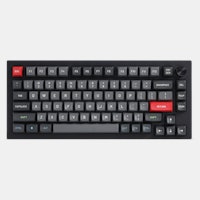

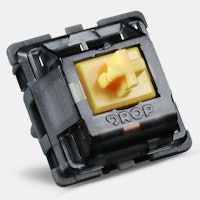

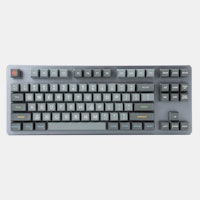

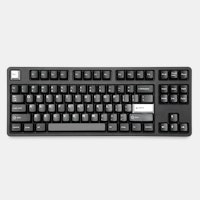

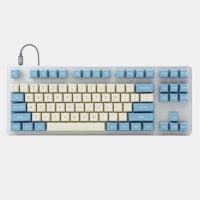




Given the ubiquity of the ‘long stem pole’ marketing point in switches in 2024, I figured it was about time to help clean up some misunderstandings surrounding them. While not all of them will necessarily shorten up your travel time to bottom out, there are quite a few which could scratch this itch that you’re looking for in your switches. Knowing that it’s all just a bit more complex than it seems on the surface hopefully helps you make even more informed decisions when seeking out some new switches to try. As well, it may help to read some of my other articles here on Drop such as ‘Switch Marketing Terms: What to Know and What to Ignore’ or ‘The Who’s Who of Switch Manufacturers’.